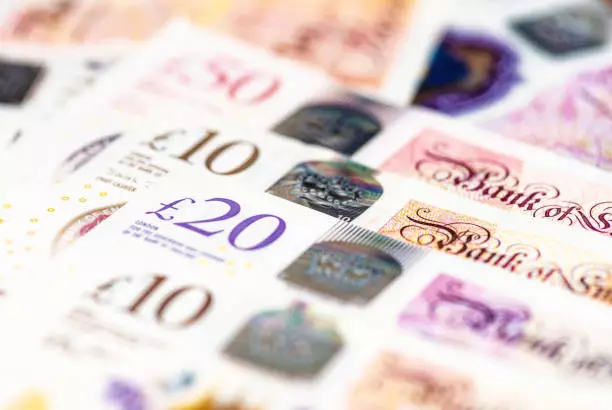The foreign exchange market witnessed a notable rally of 2.1% for the GBP/USD pairing since reaching a swing low of 1.2249 on February 3. As of February 5, the currency pair peaked at 1.2550, marking a three-day uptrend amid fluctuating market sentiments. This rally has sparked discussions among traders regarding its sustainability and possible implications for the British pound, especially when considering current geopolitical and economic factors.
This upward movement can be traced back to two primary influences: the ongoing trade negotiations involving the United States and the UK’s position within this dynamic, as well as anticipated monetary policy adjustments by the Bank of England (BoE). Recent comments from US President Donald Trump hinted at a potential trade agreement between the US and the UK, alleviating fears of impending tariffs on British goods. Meanwhile, market players are bracing for another interest rate cut from the BoE, which is expected to lower the rate to 4.5%. The dual forces of trade diplomacy and monetary softening have created a complex environment that could shape future movements of the GBP/USD.
Moreover, a looming concern for the British economy is the potential downgrade of growth forecasts coupled with rising inflation risks. This comes in the wake of the UK Chancellor’s recent expansionary budget, which may exacerbate inflationary pressures. The markets are absorbing the implications of these developments, contemplating the prospect of stagflation, whereby the UK faces high inflation alongside economic stagnation. Such an environment raises critical questions about the BoE’s forthcoming policy trajectory and whether it will adapt a posture that balances between stimulating growth and controlling inflation.
Traders are closely watching the BoE’s next monetary policy decision, as it could set the tone for the pound’s performance against the dollar. A so-called “hawkish cut” would convey a sense of caution, potentially signaling that any future rate movements will be incremental and considerate of the prevailing economic climate. This expectation could foster increased volatility around the GBP/USD pair, as market participants react to both immediate rate decisions and broader economic narratives.
From a technical analysis perspective, the uptick in the GBP/USD could be characterized as a corrective movement within an overarching bearish trend that has dominated since the beginning of the year. The rise from the January 13 low at 1.2100 may not signify a robust reversal but rather a temporary retracement. Analysis of yield spreads, particularly the diminishing premium of UK sovereign bonds compared to US Treasury Notes, amplifies this bearish outlook. The persistent divergence in yields reflects increasing opportunity costs associated with holding UK assets, which could weigh on the pound in the medium term.
The potential bearish scenario becomes more pronounced if the GBP/USD fails to break key resistance levels, particularly around 1.2610. A failure to surpass this mark could trigger further selling pressure, reaffirming the downward momentum. However, should the pair manage to clear this resistance, it may pave the way for an upward squeeze toward the long-term pivotal resistance zone situated between 1.2810 and 1.2910. This region coincides with significant technical indicators such as the 200-day moving average and the 61.8% Fibonacci retracement of the prevailing downtrend.
The GBP/USD’s recent rally has been influenced by a confluence of trade dynamics and monetary policy expectations. Nevertheless, skepticism remains prevalent regarding the sustainability of this climb, particularly given the potential influence of changing economic conditions. As investors navigate this unpredictable environment, a vigilant approach to both macroeconomic shifts and technical indicators will be crucial for informed trading decisions in the days ahead.
Market participants will continue to monitor the evolving narrative surrounding both central bank policies and international trade agreements to gauge their potential impacts on the British pound’s performance against the US dollar.

